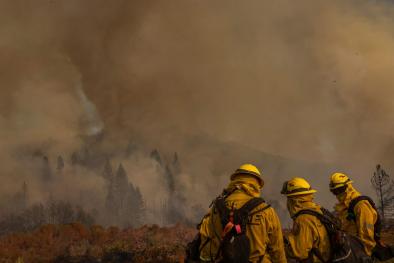Science Source
Projections of seasonal patterns in temperature- related deaths for Manhattan, New York
- States that daily death counts in cities increase markedly when temperatures reach levels that are very high relative to what is normal in a given location
- States that relatively cold temperatures also seem to carry risk
- States net temperature-related mortality reamins uncertain as rising temperatures may result in more heat-related mortality but may also reduce cold-related mortality
- Uses 16 downscaled global climate models and two emissions scenarios to estimate present and future seasonal patterns in temperature-related mortality in Manhattan, New York
- Finds that all 32 projections yielded warm-season increases and cold-season decreases in temperature-related mortality, with positive net annual temperature-related deaths in all cases
- Monthly analyses show that the largest percentage increases may occur in May and September
- Results suggest that, over a range of models and scenarios of future greenhouse gas emissions, increases in heat-related mortality could outweigh reductions in cold-related mortality, with shifting seasonal patterns
Related Content
Headline

Feb 7, 2024 | Climate Nexus Hot News
Heat And Smoke Are Worse Together Than Apart
Science Source
| Science Advances
Unprecedented climate events: Historical changes, aspirational targets, and national commitments
Noah S. Diffenbaugh, Deepti Singh, and Justin S. Mankin
Science Source
| American Meteorological Society
Sixfold Increase in Historical Northern Hemisphere Concurrent Large Heatwaves Driven by Warming and Changing Atmospheric Circulations
Cassandra D. W. Rogers , Kai Kornhuber , Sarah E. Perkins-Kirkpatrick et al
Science Source
| American Meteorological Society
Diverse Characteristics of U.S. Summer Heat Waves
Bradfield Lyon and Anthony G. Barnston


